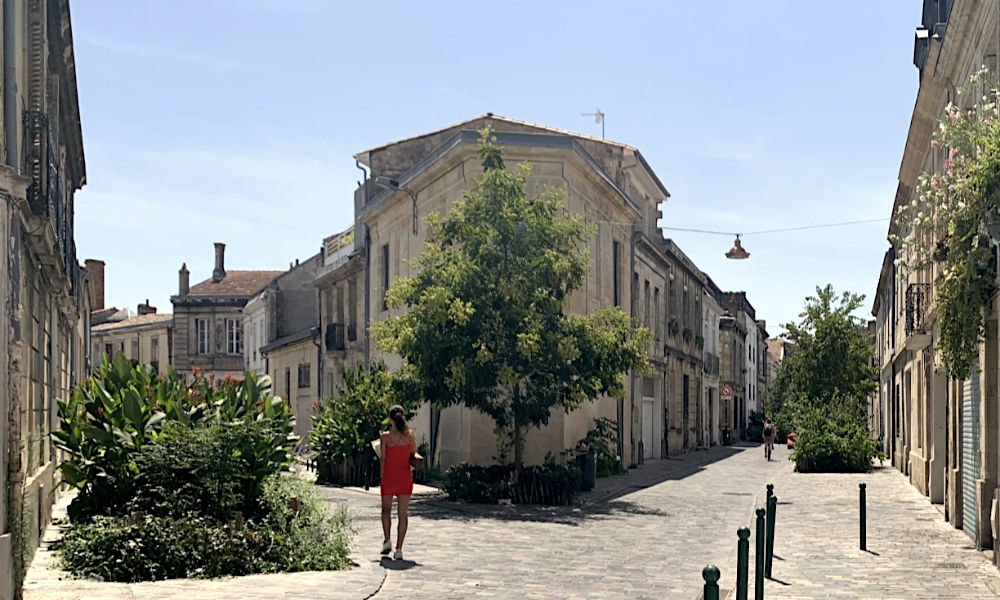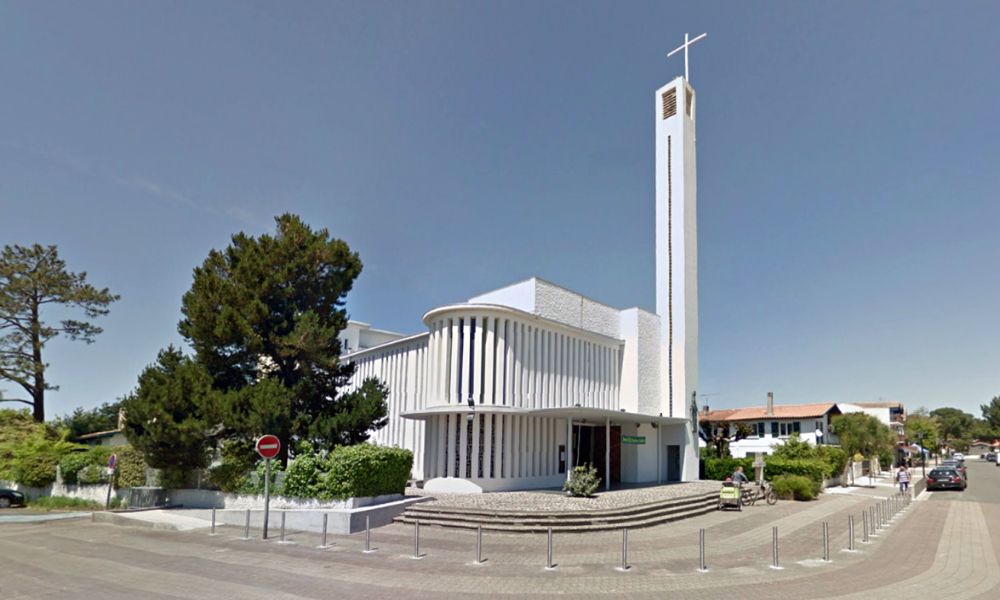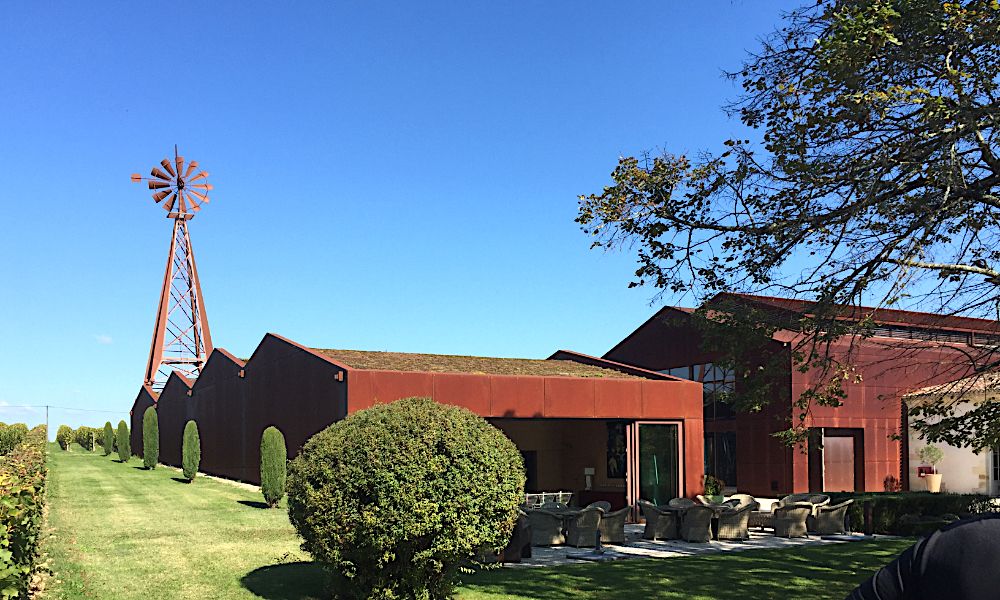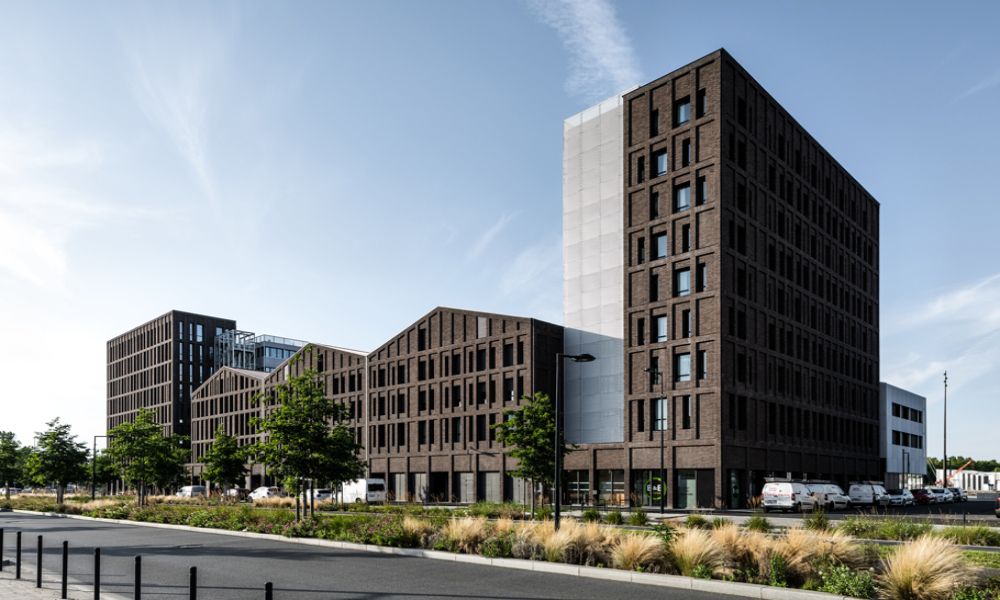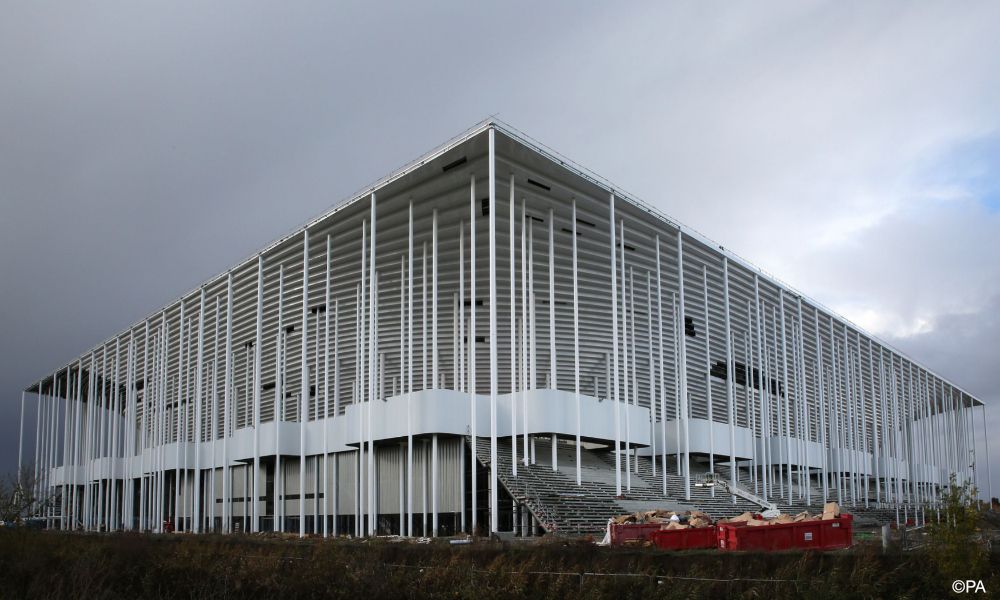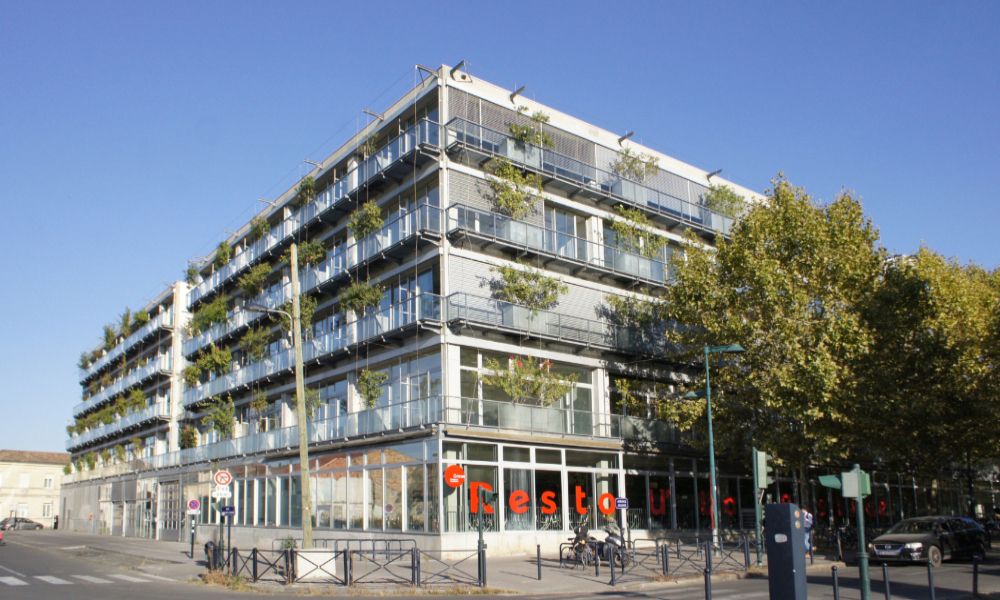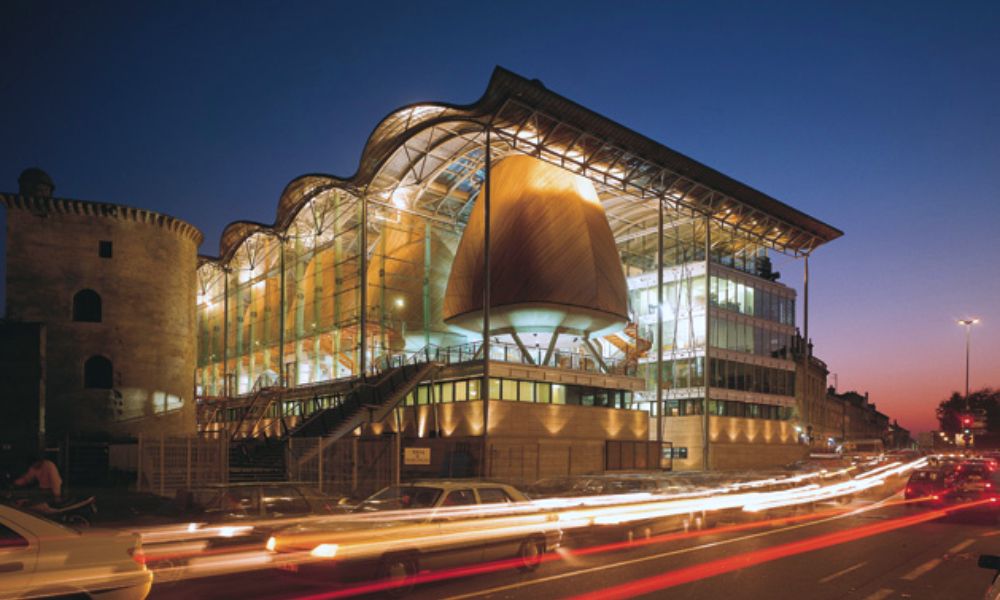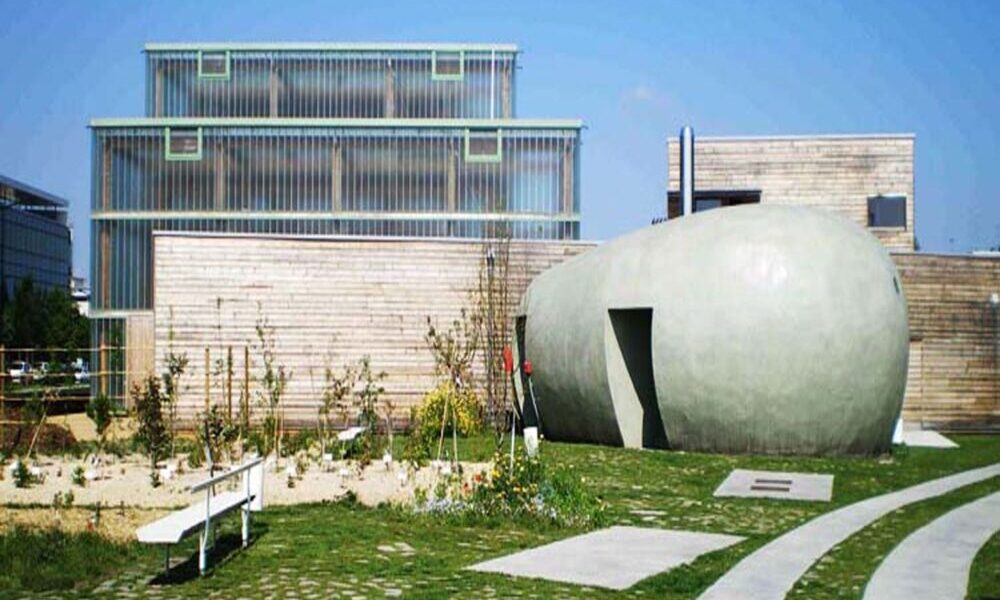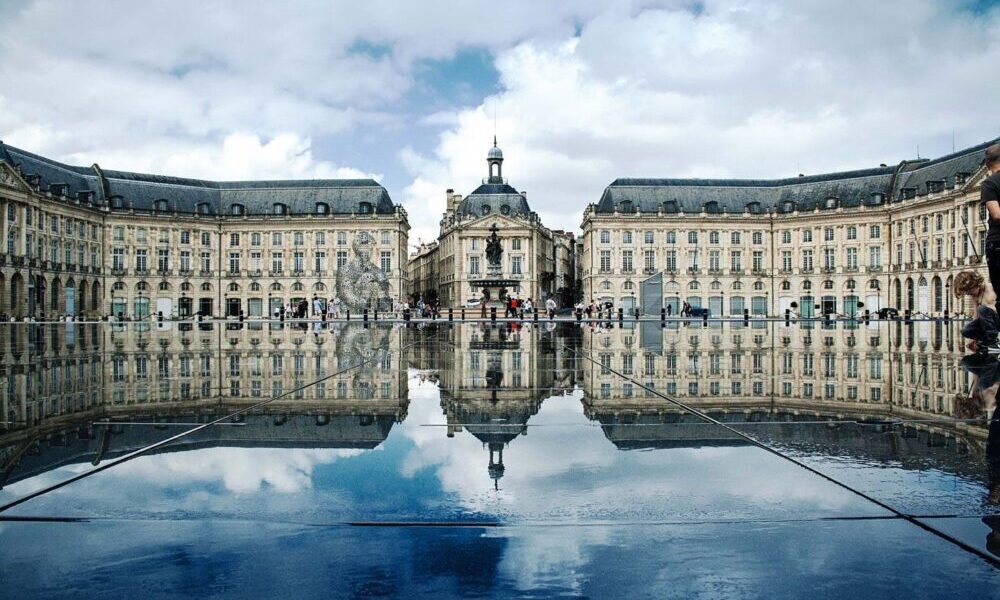Project Description
BORDEAUX – CONTEMPORARY LANDSCAPES
Languages available: EN FR
Customizable tour: Yes
Recommended group size per guide: 25
Duration: 4-8 hours
DESCRIPTION – Bordeaux: Contemporary landscapes
Works of landscape architects in the metropolis
Bordeaux prides itself as a Stone City, with very mineral streets marked by 18th century buildings or traditional échoppes (workers’ houses). However, it is a metropolis where more than half of the territory is made up of natural and agricultural surfaces, and its redevelopment in the 1990s had to take landscape into account.
More specifically here, it is about controlling urban sprawl, bringing nature back to the city (for coolness and wellbeing) and better managing the flood-prone and humid areas that is the local soil.
The visit focuses on contemporary landscaping which complements the 19th century existing parks (Jardin Public, parc Bordelais, parc Rivière, etc.) and responds to current trends: co-construction, pedagogy, flexibility.
It begins with the right bank, a former industrial fringe of Bordeaux, which development has been defined as landscape, which means as opposed to the historic city on the other bank. This bank hosts parks which can be structuring on a metropolitan scale such as the Botanical Garden (Catherine Mosbach) or the Parc aux Angéliques (Michel Desvignes). They form a green belt which evolves along the development of the city.
One other visited project played a major role in reinventing Bordeaux: the redevelopment of the quays (Michel Corajoud) actually formed the backbone of the initial project and made it possible to rethink the relationship between the city and the Garonne river. Its influence goes beyond only refurbishing new riverbanks, as it provides the city with differentiated quality public spaces
Finally, other projects have an influence at the street or block scale. Square Vinet (Patrick Blanc), the Leyteire courtyard (Debarre Duplantiers) or Kléber Street (Friche & Cheap) are good examples of a more direct relationship with nature in the city center, and where questions of responsibility for residents or maintenance are treated differently. The common good at all scales.

